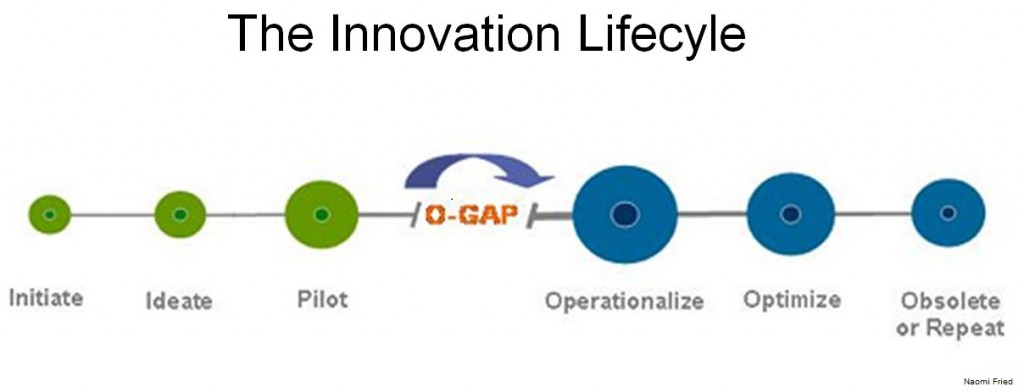Innovation is the lifeblood of many organizations. Mastery of the art of innovation can mean the difference between success or failure; relevance or obsolescence.
It is important to note that innovation is not reserved for geniuses or Mensa members. Any organization can foster a culture of innovation by applying key principles:
- Create ways to recognize/reward innovators
- Money is important, but it is not the only motivator. Provide recognition, informal praise, and a chance to make a difference.
- Bring innovators together to acknowledge their accomplishments publicly and to foster creative interaction and stimulus.
- Assess what your “world” will look like 2, 5, 10 or 10 years from now. Work backwards from there to define several areas of innovation / disruption which you can create now.
- Provide leadership role modeling.
- Allow experimentation and failure.
- Propagate an Innovator’s DNA (the ability to make connections between seemingly unconnected things)
- Example: A calligraphy class inspired Steve Jobs’ emphasis on typography in early Macintosh computers.
- Here are some techniques to stimulate these connections. (You can remember them with the acronym NOOQE, which I rhyme with “nuke.”):
- Networking: Interact with people from different backgrounds and different ways of thinking .
- One way to think outside the box is to talk to someone who plays in a different box.
- Observing: Watching the world around you for surprising stimuli.
- Questioning: Ask probing questions which impose or remove constraints.
- Experimenting: Consciously try new things or go to new places.
Another key technique is to crowd-source innovation: Don’t rely on one person (or a small group of persons) to come up with the innovative ideas. Create (or leverage) mechanisms which will pull innovative ideas from large numbers of people. Today’s various social media platforms give us a prefabricated set of tools to do this. A more elaborate example is found in Dell Computer’s IdeaStorm initiative which implemented a web-based methodology of gathering ideas, and then provided a voting mechanism which allowed the most impactful ideas to rise to the top. 17,000 ideas were gathered. Those ideas attracted 730,000 votes and 95,000 comments which helped Dell to identify which ideas were most useful. Those top 499 (representing 3% of the 17,000 submitted ideas) have subsequently been implemented.
In all of your innovative activity, it is helpful to remember that the process goes through a typical Innovation Lifecycle:
The most painful part of this lifecycle is often the Operational Gap (O-Gap): The pilot /prototype must be effectively operationalized to achieve the promised gains.
The lifecycle also reminds us that every innovation has a finite lifespan. After a number of optimization iterations, that innovation may have become the new status quo, and it may be time to obsolete or repeat the innovation process. This means that the innovation process is never truly complete. An innovative organization is one which recognizes that it can never rest on its laurels. Innovation must be an ongoing, lifetime commitment.
Tommorow’s blog post will look at the evolution of web-based innovation.
[Photo: John Udovich]
